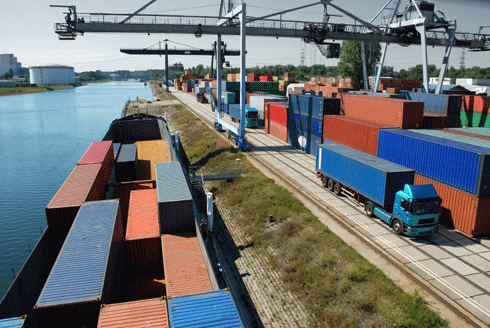
|
Published: 15 September 2014
Fairtrade is working for farmers and consumers
Products with Fairtrade certification are seeing a continued 15 per cent growth in the market, providing more support and services for farmers and workers.

|
|
Coco beans inside a cacao pod – a Fairtrade product from Papua New Guinea. Credit:
©istock/Georgeclerk
|
Shoppers globally continue to reach for Fairtrade-labelled products in growing numbers while Fairtrade’s offer to farmers and workers deepens, according to the annual report published recently by Fairtrade International.
‘After five years of intense focus on Africa, Fairtrade is now turning its attention to expanding in the Asian region,’ said Molly Harriss Olson, CEO of Fairtrade Australia and New Zealand said.
‘Australia has a vitally important role to play in scaling up the Fairtrade market in Asia Pacific, growing the number of producers and developing the supply chains for Fairtrade products.’
Australia recently received its first shipment of Fairtrade-certified cocoa from Papua New Guinea and there are commitments for 800 metric tonnes of cocoa in the pipeline via Fairtrade sourcing programs.
The number of Pacific co-operatives has grown by 50 per cent across Fiji, Papua New Guinea, East Timor and Samoa, with more due to come online soon.
‘Australians continue to increase their Fairtrade purchases, with 17 per cent of Australians now purchasing Fairtrade Certified products at least once a month,’ added Ms Harriss Olson.
‘A number of major retailers are looking to increase their Fairtrade commitments and National Australia Bank (NAB) is the largest accredited Fairtrade business in the world.
‘So there is enormous potential here in Australia to transform the lives of some of the poorest people in our region.
‘We are changing the rules of trade to enable producers and workers to map out their own future,’ said Ms Harriss Olson.
Fairtrade International also reported a number of far-reaching initiatives set to open more opportunities for the people at the far end of the supply chain – now more than 1.4 million farmers and workers, belonging to 1210 producer organisations in 74 countries.
Chief Executive of Fairtrade International, Harriet Lamb said, ‘We’re matching growth in the market with new approaches to deepen impact for farmers and workers. Over the past year we introduced new living wage benchmarks, piloted community-based approaches to prevent child labour, and supported local trade unions to negotiate with employers.’
‘Fairtrade is about empowerment and long-term development, as farmers and workers transform deeply ingrained problems step-by-step to build a better future for themselves, their families and communities,’ added Marike de Peña, Chair of the Fairtrade International Board and director of a banana cooperative in the Dominican Republic.
Source: Fairtrade International



